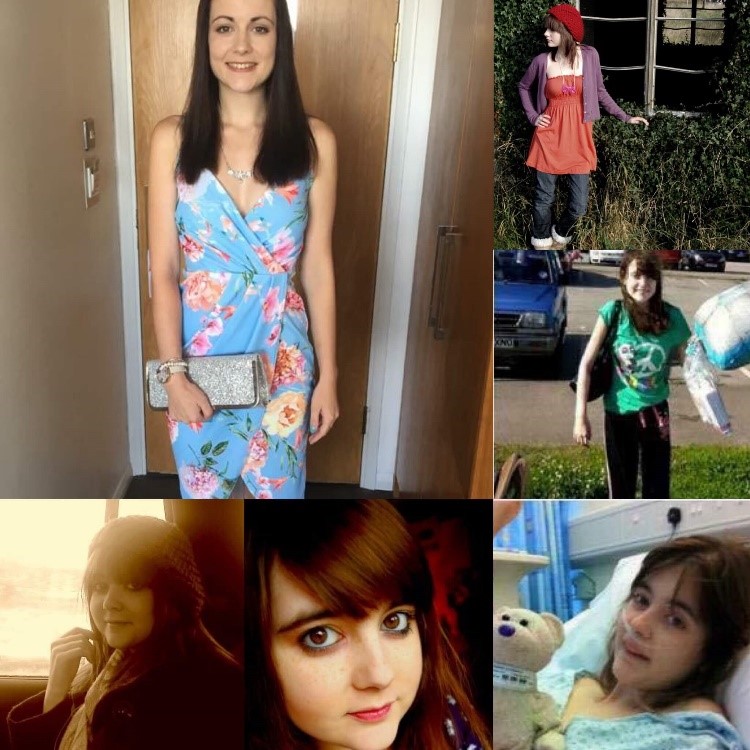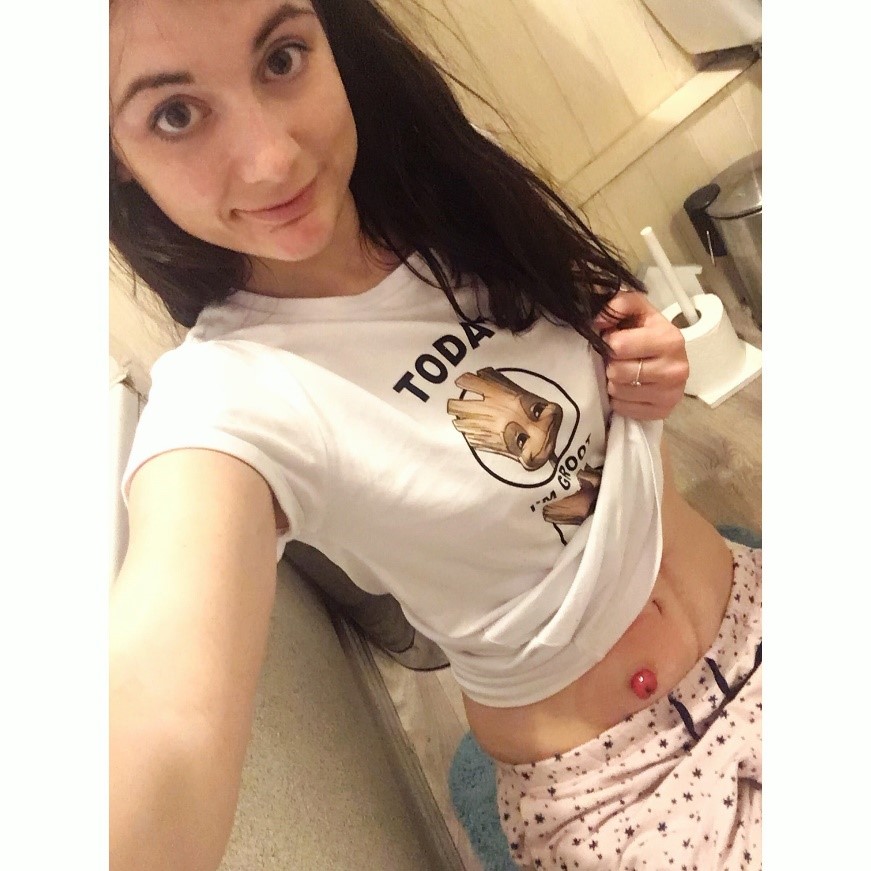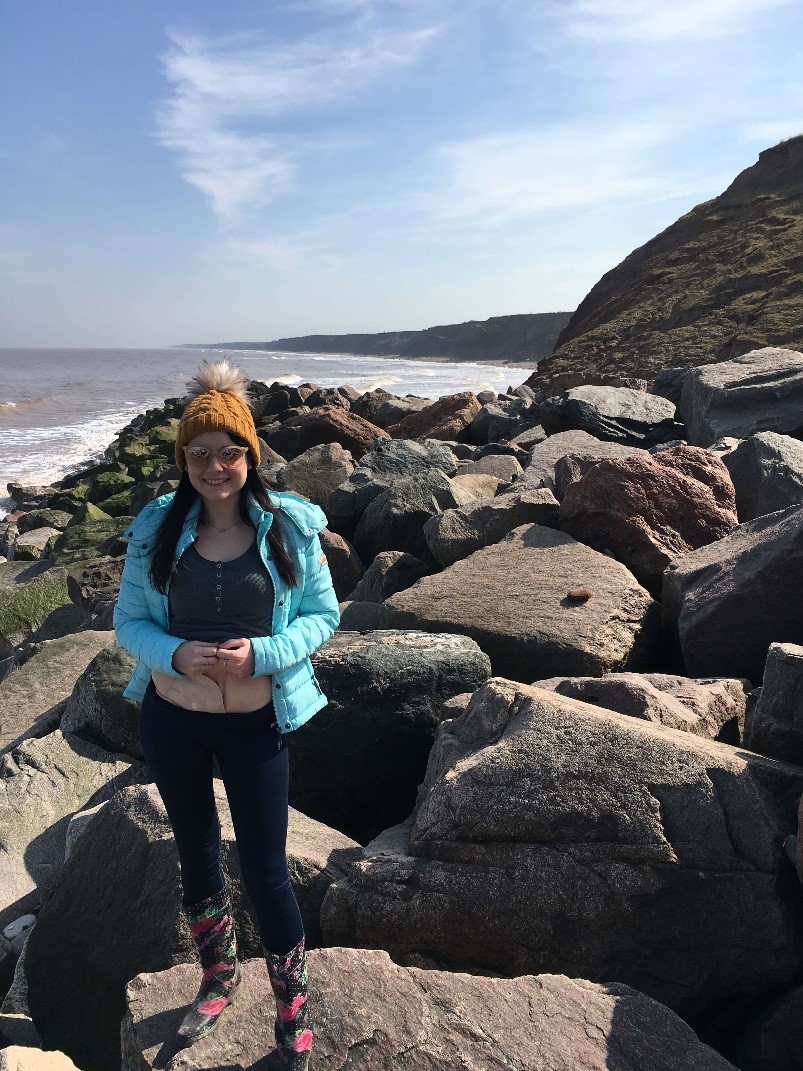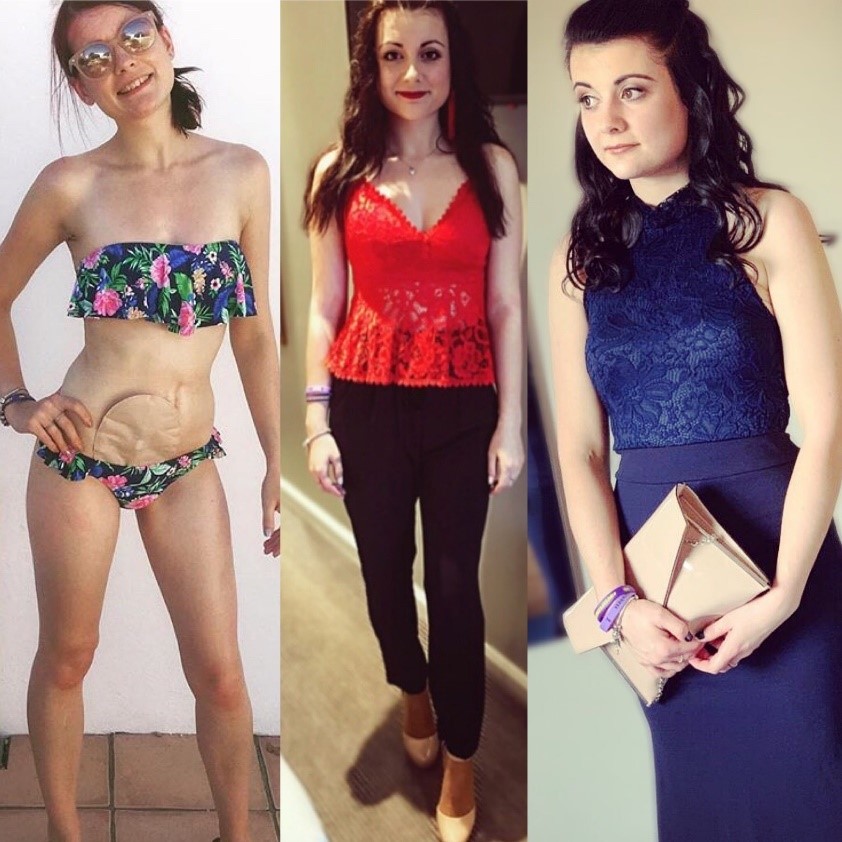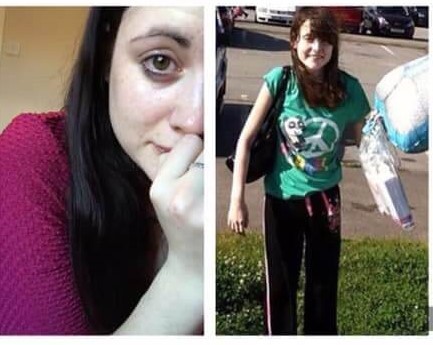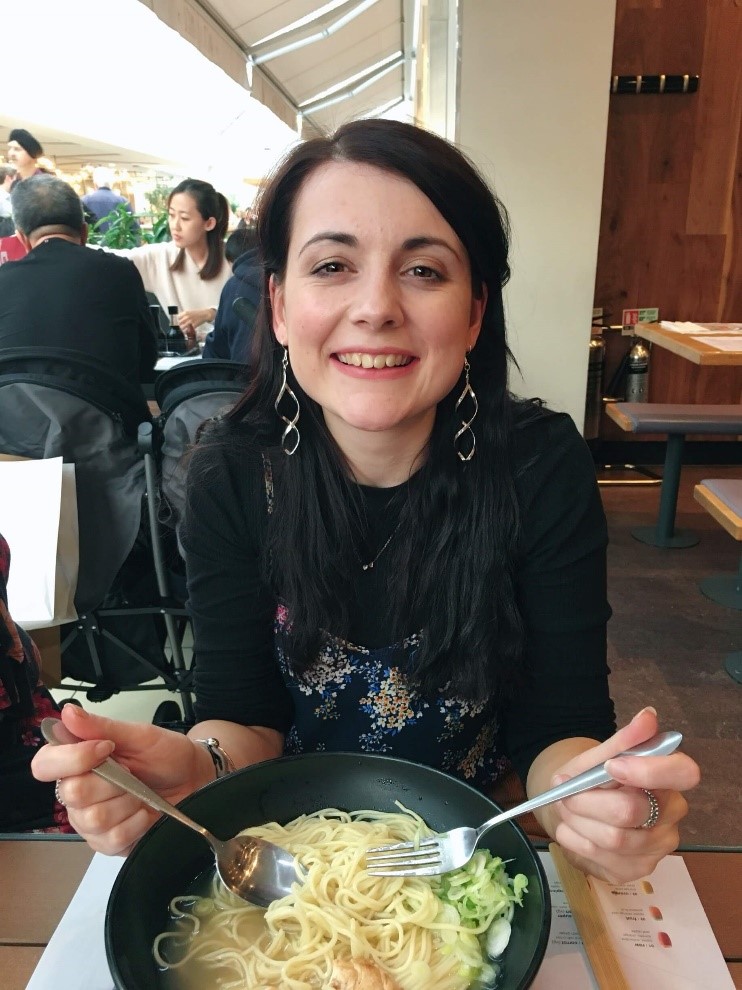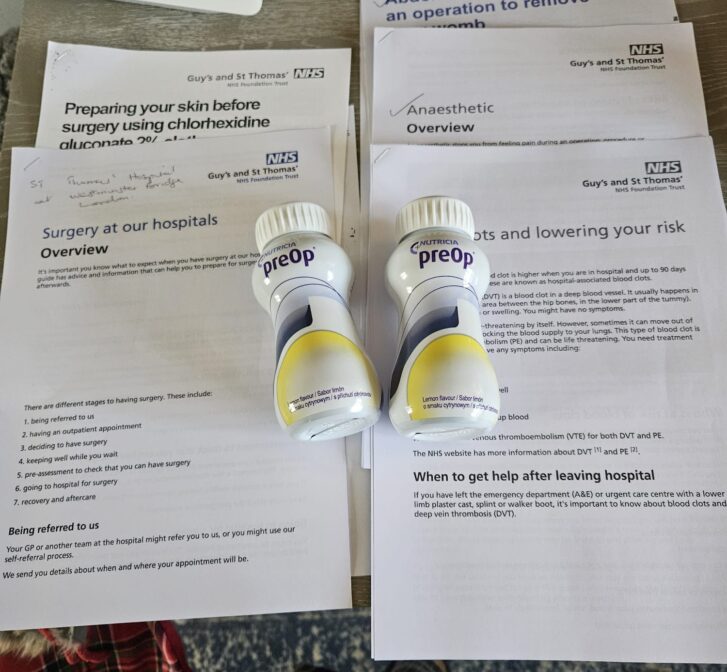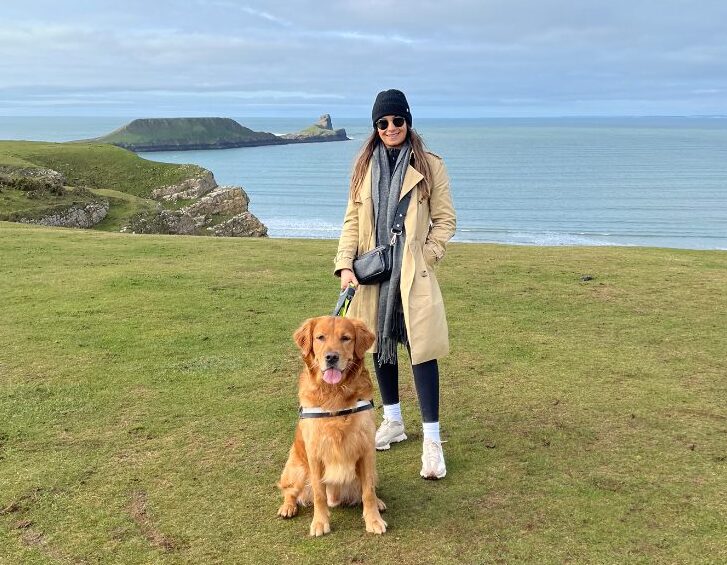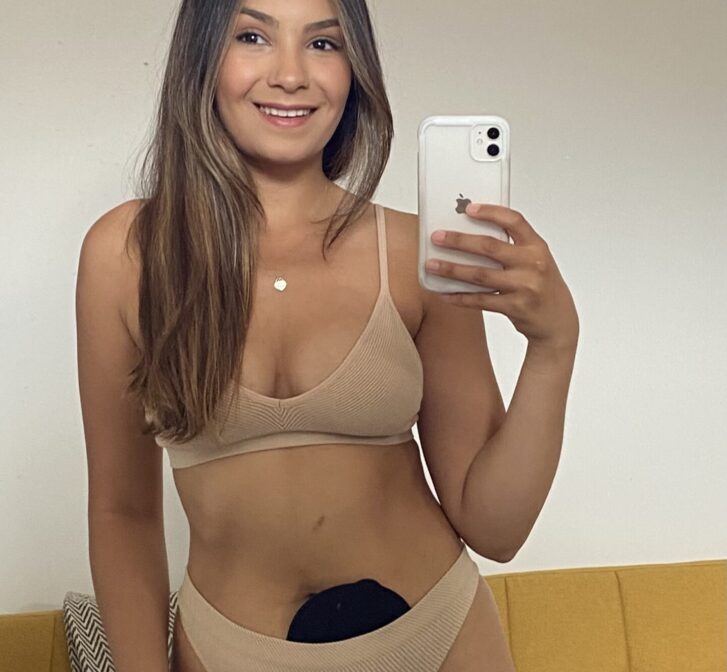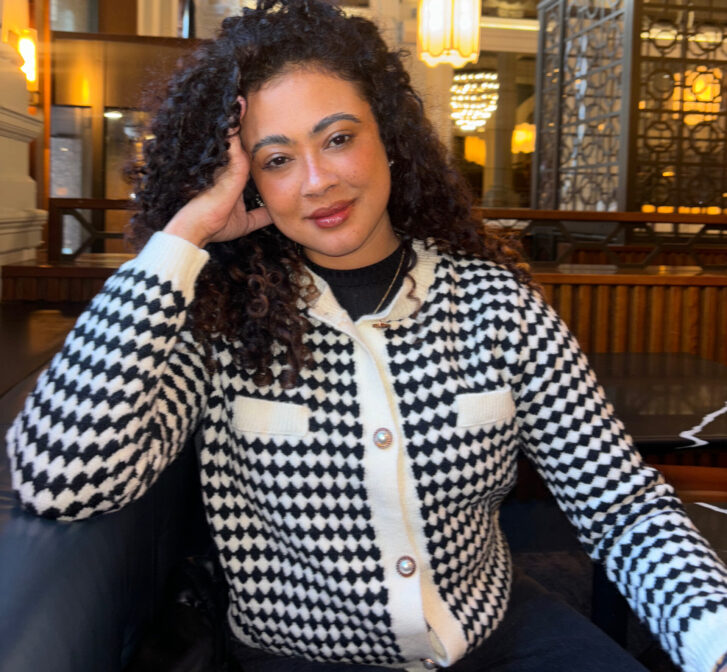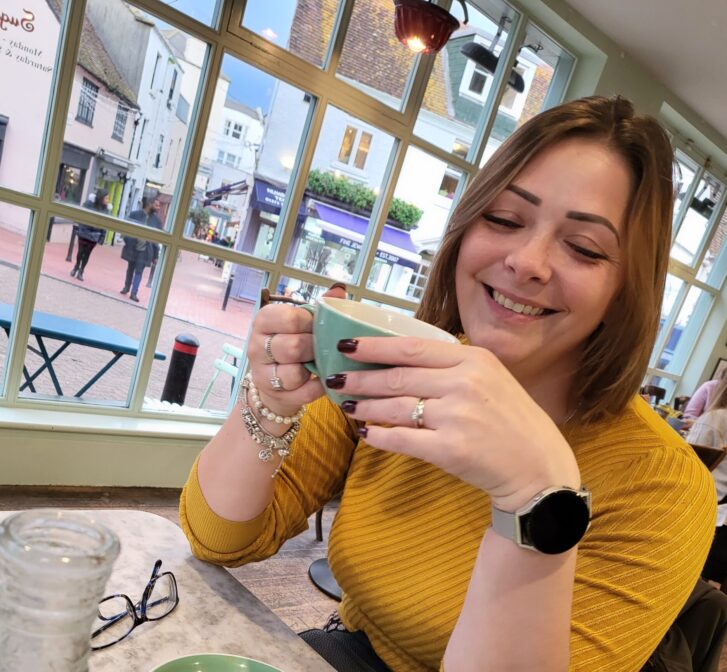World IBD Day | Turning a Negative Experience Into a Positive
Throughout my long journey with IBD, one thing that has been important to me is trying to turn a negative into a positive, where possible. Some days, quite understandably, this seems impossible & it is perfectly natural to feel that way. In the darkest days of Inflammatory Bowel Disease, I have wondered countless times how I’d actually make it through, but somehow, here I am today writing this.
A little bit about my journey
At age 7 I was diagnosed with Crohn’s Disease. Crohn’s Disease can be anywhere from your mouth to your bum, but a lot of people typically have it in the small intestine. This was where it was diagnosed within me.
I then moved up to the adult clinic (aged 17) & had my first “scopes” (colonoscopy/endoscopy) in a good few years down to being so scared of them as a child. The results showed Crohn’s Disease not in my small intestine significantly, but instead throughout my large intestine (colon) and I also had Crohn’s within my bum and outside my bum on the surrounding skin too.
The large intestine (colon) is where Ulcerative Colitis typically is. The results of my scope meant I was then diagnosed with Crohn’s Colitis (Crohn’s of the colon). Because my large intestine had pretty much gone without specific treatment for 10 years, my disease had gotten very severe & I was told by my Gastroenterologist at the time that it was one of the worst he had ever seen.
This meant that Infliximab (Remicade) was my last option before having to go down the surgical route. Beginning in May 2010, I had this for several months. During my treatment, I started to have doubts whether it was working or not. A scope not long after this revealed that Infliximab had failed & my only option now was to have surgery. To begin with, I was told that I would more than likely need a resection, I was told I would need a permanent ileostomy & I would not be a candidate for J Pouch surgery either.
Getting Stacey Stoma – my permanent ileostomy
June/July 2011 was when my operation was originally planned for. Close to this time, I became even more poorly & had to be admitted to hospital to have intravenous steroids (via a line into my veins). One memory that particularly stands out to me of this admission was being sat on a commode in my hospital room in agony, pooing black blood. I felt like I’d lost all my dignity, control and was constantly on edge with nerves which only made matters worse. I hated being on a ward with other people in case I had accidents or couldn’t get my pain under control and remember being moved to a side room when I had to spend hours glued to the commode.
I was told that I would only be operated on if it was an emergency because the intravenous steroids would severely halt my body’s ability to heal. Later after my operation, I found that I was so close to having to be rushed in for emergency surgery.
In August 2011, I had my surgery to give me my permanent stoma – Stacey. This was a few days after I’d been admitted to hospital again via A & E & first discovered the wonders of morphine! A few days after this me & morphine no longer saw eye to eye & I developed more of the negative side effects.
My surgery was planned to be done via keyhole. When surgeons started my operation, they found a benign tumour, the size of a watermelon, on my Transverse Colon, which had not been found before my operation, despite tests & ultrasound scans.
To this day, I believe it was missed, as I saw a mass on the scans months after the first scan, which I got told was gas that would simply move in time. I found this quite strange at the time but trusted the medical professionals to do their jobs. Discovering this meant my abdominal cavity had to be operated on via open surgery. This left me with a 6-inch battle scar down my stomach which I am super proud of. It reminds me of what I have been through & what didn’t defeat me.
My surgery was complex & very touch & go. Without it, I definitely wouldn’t be here writing this. I needed blood transfusing throughout surgery & I certainly gave the surgical team a challenge. I mean, who wants to be simple?!
How I live with Inflammatory Bowel Disease (IBD) on a daily basis
Living with Inflammatory Bowel Disease comes with its challenges. These challenges are nowhere near as huge since I had my surgery in 2011 on a physical basis. The things I struggle with the most are fatigue, iron deficiency, adhesion pains some days & joint/muscle pains. Looking at this in a positive way, that list is so small compared to how my life was pre-surgery. My whole life back then definitely felt like a miserable existence rather than actually living.
Even though I struggle with fatigue, I can still push myself to do things. The fact I survived a tough operation in itself drives me to break down barriers & believe in myself. On days where this is harder, I’ve learnt to rest & listen to my body (most of the time!) Of course, there are still days where I keep on pushing where I shouldn’t & my body doesn’t like me for it after, but we live & learn! It’s definitely a fine art finding the balance between knowing when you can push yourself and recognising when you’ve pushed it too far.
Pain from pelvic adhesions is tough & can be very debilitating on the bad days. At its peak, it feels like someone is sticking a knife up my pelvis through one side of my body and is very hard to get comfortable and even take deep breaths. Inflammatory Bowel Disease has definitely made me develop a higher pain threshold, which in itself makes me feel strong when I sit and think about all the pain I have fought through.
The “unseen” side of IBD
Mental Health Awareness Week is this week (18th– 24th May). Having Crohn’s Disease has presented many mental challenges for me over the years. I have found that as the physical pains have died down since surgery, the mental struggles have developed and crept in. I think a lot of this is to do with the fact that because I aren’t battling as much physical pain constantly, there is now room in my brain for those things to surface & develop.
I deal with hospital flashbacks, depression & anxiety on the daily but looking at me, you wouldn’t think this. Looking at my Instagram photos, you wouldn’t think this. Having a conversation with me, you wouldn’t necessarily spot this. Sharing a coffee with me, you wouldn’t know I have counselling sessions every fortnight. This is because I try to turn my pain into power & put it into helping others where I can. If through developing my resilience it also helps others to do so & believe in themselves, then that makes me happy & it makes the fight even more worthwhile.
IBD is classed as an invisible illness. A lot of people struggle to get their head around the concept that just because someone looks okay, it doesn’t mean they are actually okay. Everyone is probably fighting a battle you don’t know about, so always exercise kindness & try to hold back judgement where you can. Living with Crohn’s has definitely helped me to develop more understanding to others & that just because something helps one person, doesn’t necessarily mean it will work as effectively for someone else.
5 positives of having Inflammatory Bowel Disease
Don’t get me wrong, I would rather be without Bowel Disease in the first place and would love to take it away from people who also suffer, but being a Crohn’s Warrior has silver linings also. I can think of a good few if I sit down & make a list, but I thought I’d summarise this post with some & hopefully help you reading this to find one of your own.
- I have met so many inspirational people because of my IBD, some of whom I am lucky to have close to me & hold them super close in my heart.
- I have done many things I probably wouldn’t have pushed myself to do without IBD, such as blogging, modelling, taking part in and producing educational IBD/Mental Health videos & travelling.
- I have learnt how to listen to my body more & because of this, I also have a bit of a sixth sense when it comes to detecting when something isn’t right with someone else, especially medically & emotionally.
- I have to consistently push through many mental barriers within myself to practice more love & appreciation for my own body. Showing my scars etc to try and inspire others to do the same means I am consciously having to remind myself of the things I like about my body, not the things I want to change.
- I have developed a bigger belief in speaking up for myself when I feel something is wrong or I aren’t happy with something. I can be very straight to the point when I need to be, but I always try to do it in a way that shows that I am doing so because I care greatly & genuinely will do what it takes to help a lot of people.
– Amy


